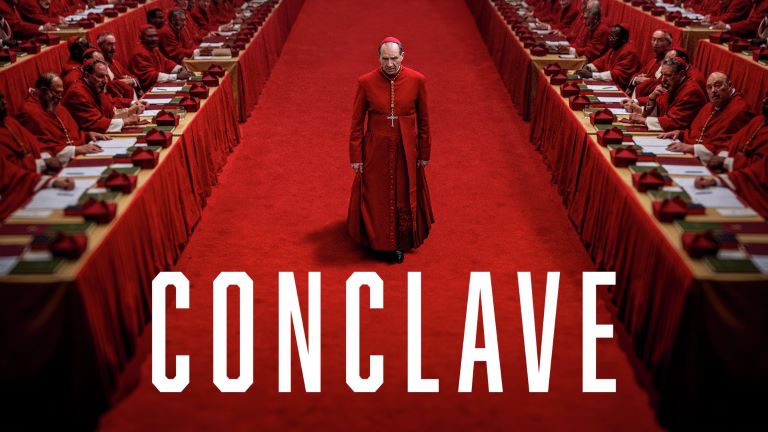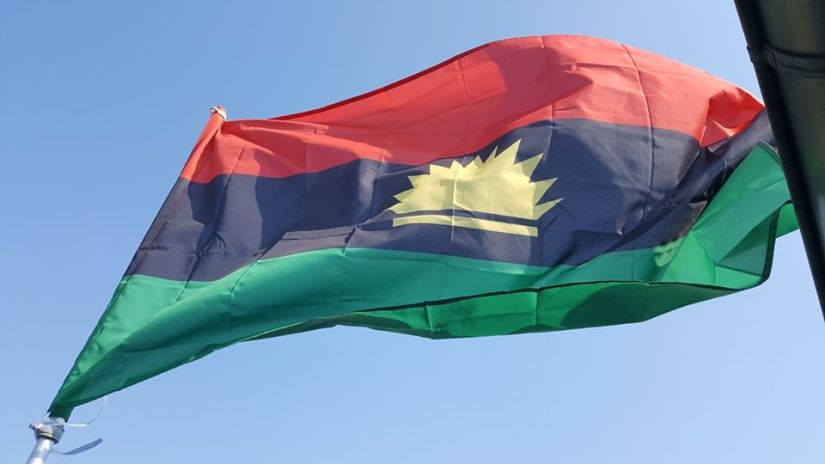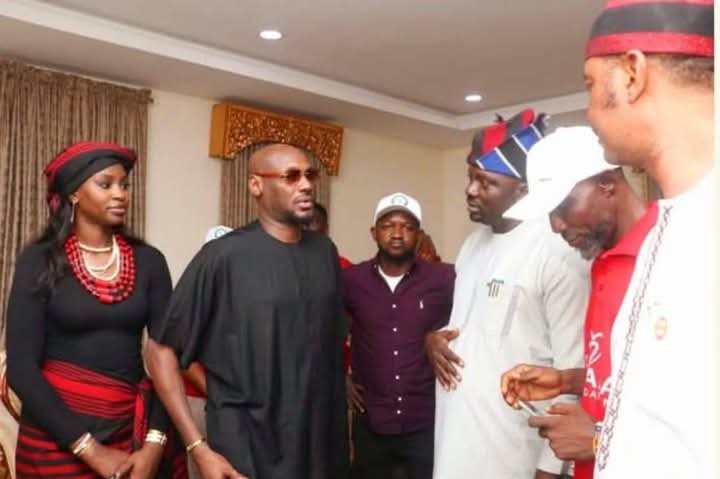Something quiet, sacred, and world-changing is about to begin inside the Vatican. But outside its ancient walls, the world is mourning.
Pope Francis passed away peacefully on Easter Monday, April 21. He was 88.
The bells tolled across St. Peter’s Square. Thousands gathered. The sun fell soft on the cobblestones. Some prayed. Some wept. Some simply stared at the white basilica in silence.
A man who led the Church with simplicity, grace, and courage is gone. His funeral is fixed for Saturday. Already, Rome is under lockdown. Leaders from across the world are arriving. So are pilgrims—from Buenos Aires to Benin City, Manila to Madrid.
But even as one chapter ends, another must begin.
What Happens Now: The Conclave Begins
After a pope dies, the Church prepares to choose his successor. This moment is ancient, ceremonial, and full of quiet power.
It’s called the Conclave.
The word Conclave means with a key. That’s how it used to be: cardinals were locked in until they chose a new pope. No distractions. Just silence, prayer, and deep decisions.
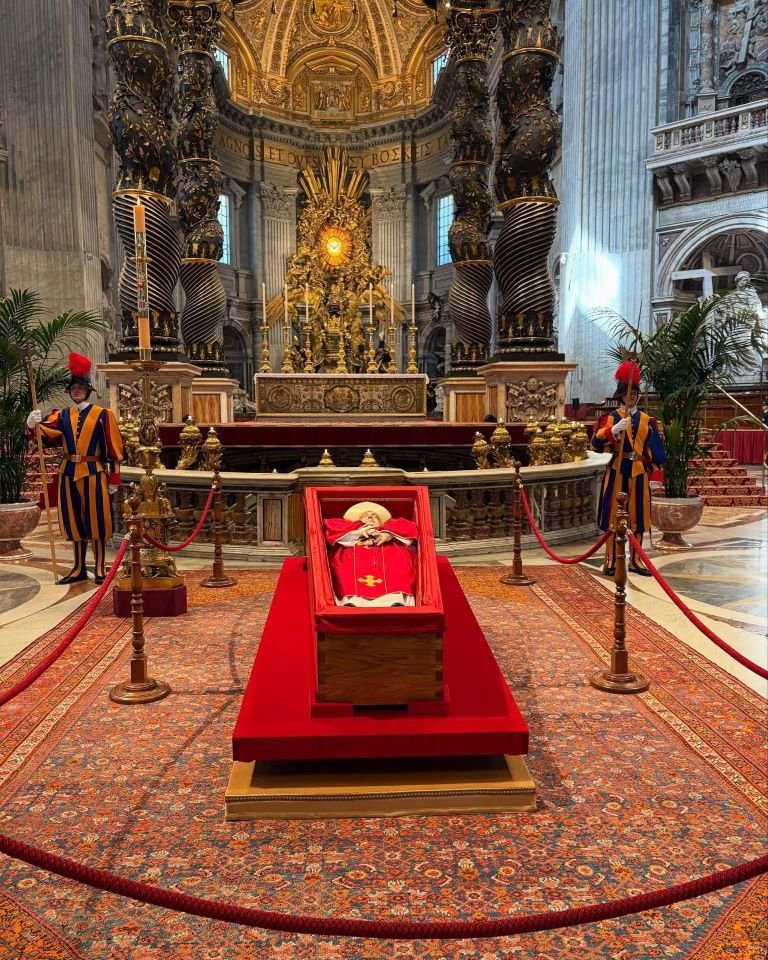
Today, the process still feels like that. Only cardinals under 80 can vote. They gather in the Sistine Chapel. Before the first vote, they take an oath of secrecy.
Each vote is written on paper, folded, and placed on a plate. The plate is tipped into a chalice. The votes are counted. Then they’re burned.
If no one wins two-thirds of the votes, black smoke appears from a small chimney.
But when white smoke rises—everything changes. That means: We have a pope.
One of the cardinals steps out and says the famous line: “Habemus Papam.”
The new pope walks out to meet the world. It’s a moment of history. The kind that lives forever in photographs, prayers, and news headlines.
“We ask the Lord to guide our hearts and minds,” said one cardinal yesterday. “May we choose a shepherd, not a celebrity.”
The Weight of This Moment
This Conclave is different. Pope Francis wasn’t just a pope—he was a reformer. A man who spoke softly, carried deep truths, and didn’t pretend to have all the answers.
He gave voice to migrants. He stood with the poor. He challenged the Church to be better.
Now, cardinals must choose someone to follow that legacy—or chart a new one.
Many names are in the air. Cardinal Peter Turkson from Ghana. Cardinal Matteo Zuppi of Italy. Cardinal Luis Antonio Tagle from the Philippines. Each one tells a different story of what the Church might become.
But the Conclave is never predictable. In 2013, few had heard of Jorge Mario Bergoglio. Hours later, he was Pope Francis.
A Church of over 1.3 billion Catholics now looks to the sky above the Vatican. Waiting for the next puff of white smoke.
When Fiction Meets Reality: The Movie Conclave
As fate would have it, a film titled Conclave is being released around the same time. Based on Robert Harris’ novel, it imagines what goes on during a papal election.
The story follows Cardinal Lomeli, chosen to oversee the election. But secrets, doubts, and spiritual struggles rise with every vote.
At one point, Lomeli whispers: “What if God’s will is not clear?”
Another scene reveals a chilling discovery: “He’s not who we think he is.”
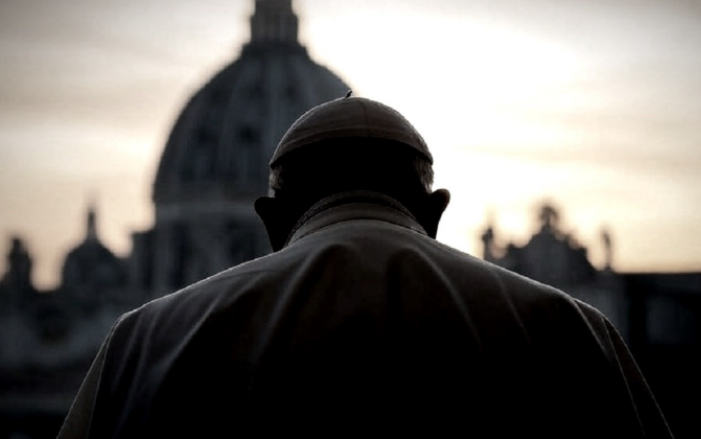
The film blurs lines between faith and fear, politics and purity.
And now, the real world mirrors that fiction. Behind the sealed chapel doors, real cardinals wrestle with real questions. And this time, there is no script.
What happens in the next few days will echo for decades. A new pope will take the name, the ring, the white robes—and a world waiting for hope.
Like 👍, Comment, share this article, and Follow us on our social media handles.



